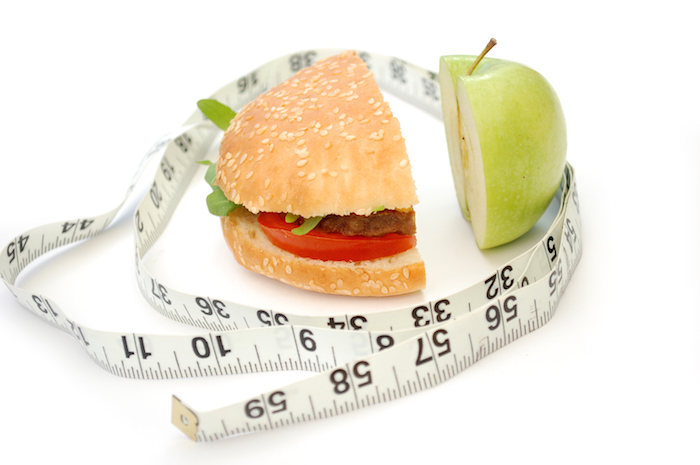There are hundreds, maybe thousands of diets out there. Some make subtle changes to your lifestyle and some make extreme changes.
Personally, I’m not a fan of restricting food groups. Those are the extreme diets in my opinion. I strive to have very balanced and portion conscious eating habits. The reason I don’t like these “flash,” short term changes to your diet is because they aren’t sustainable. How am I supposed to go three months without eating cheese when I can’t go three minutes without thinking about cheese? That’s a lot to ask for. Cheese is delicious.
I’ve stayed true to diets in the past; I’ve done an all protein and healthy fat diet (all meat, variety of nuts, avocados, etc.) and have seen results. But by the end of it I’m so excited to get my hands on some bread that I end up eating an entire pizza and a Ben and Jerry’s pint of ice cream in one night. And that’s no joke. By having those cravings, I undo all the hard work I just accomplished.
After all my trial and error, I’ve settled on three main principles to focus on while thinking about and planning what food I eat:
1. You only need to have discipline one day a week.
Most people do their grocery shopping for an entire week on one day. Before you go to the store, make a list, and check it twice. Your list should include all major food groups. Meat, dairy, vegetables, fruit, healthy grains, healthy fats, and of course some quick and delicious snacks. The idea here is, if you have a list, you’re going in to get items you need, not items that you want. I’ve wandered aimlessly through my local Fred Meyer and when that happens I usually leave with junk food.
2. Eat the same breakfast and lunch every day on days you work.
I know, I know. That sounds extremely boring – and I’m not going to lie to you, it is at times. I think our culture looks at food as a form of entertainment and not as a means of survival. But each day, think to yourself, how many calories do I need to break even? Having foods that you eat everyday will help with the consistency of achieving that goal. And if you really need variety, switch up what you eat for dinner. As an example this is what I eat for breakfast and lunch everyday I work:
Breakfast – A Clif Bar (or whichever protein packed bar you prefer), banana, and of course, coffee.
Lunch – A ham, turkey and cheese sandwich on whole wheat bread. A variety of veggies (broccoli, carrots, peppers, celery, etc) with flavored hummus. A hand full of brown rice Triscuits. And if I have one of my longer days (some days I work 12 hours) I bring an apple with peanut butter.
3. Each week allow yourself one “cheat” day.
On this day, you can eat anything. Yup, you read that right. ANYTHING!!! That donut that looked so good on Monday? Eat it. That chocolate milk that looked so thirst quenching on Wednesday? Have it. That new burger at your favorite restaurant? Devour it. This is your day. I usually make my cheat day on one of my days off so I have ample time to eat. But make sure you do one thing – workout in the morning! It’ll help counteract and justify the amount of calories you’re going to consume.
Once you get in the swing of things my implementing these principles into your everyday life you will find that a couple things happen. For one, by having a cheat day, it helps your mind and body reset and look at the week ahead with a renewed sense of determination. By having a cheat day you will be able to eat the same, healthy meal every day for lunch. By eating the same foods for breakfast and lunch during your workweek, you can go to the store with a list of items you need. By going to the store for items you need, you can avoid those unhealthy items that you want. After a couple months, these principles will be engrained in your lifestyle and become habitual, which is the ultimate goal.

